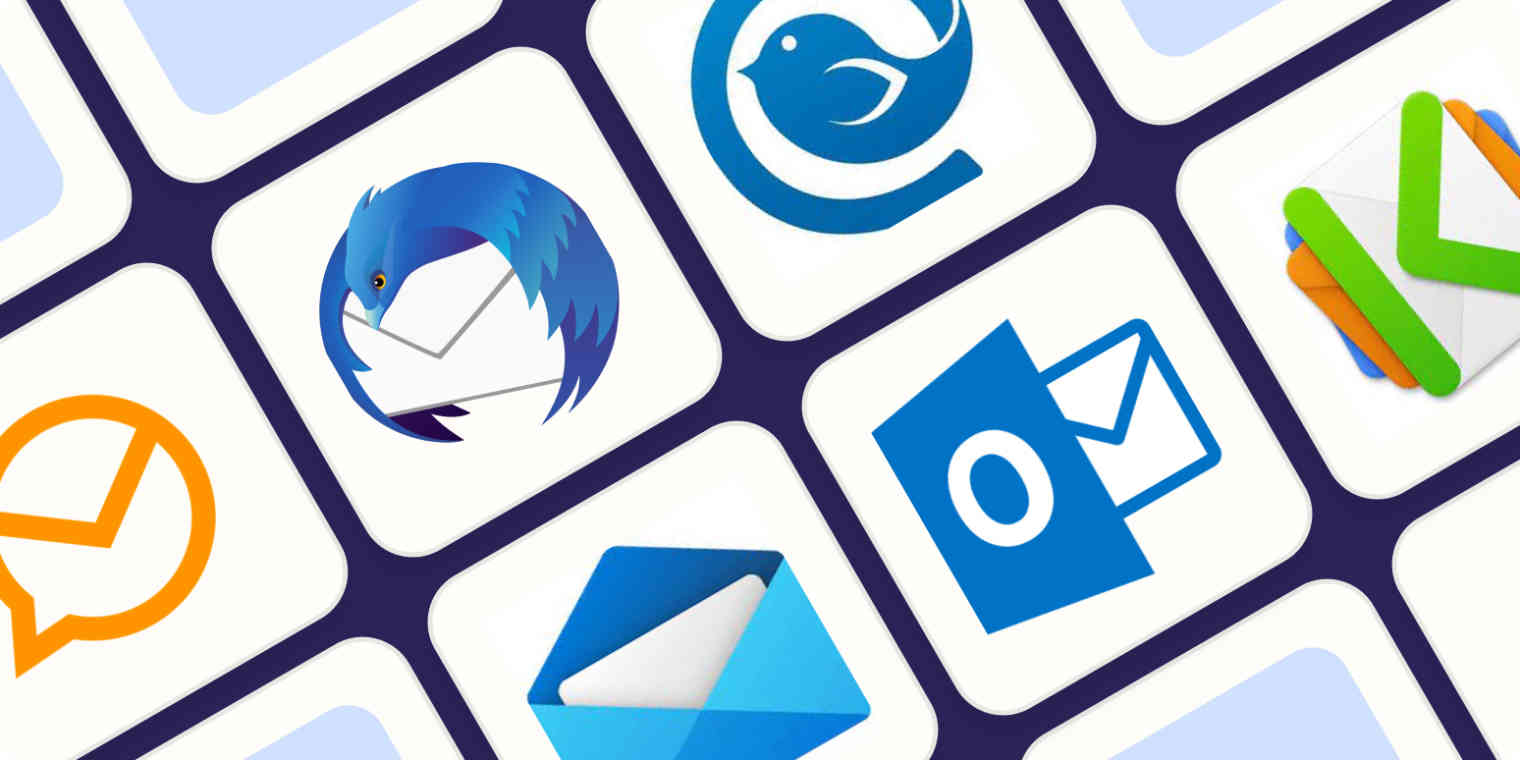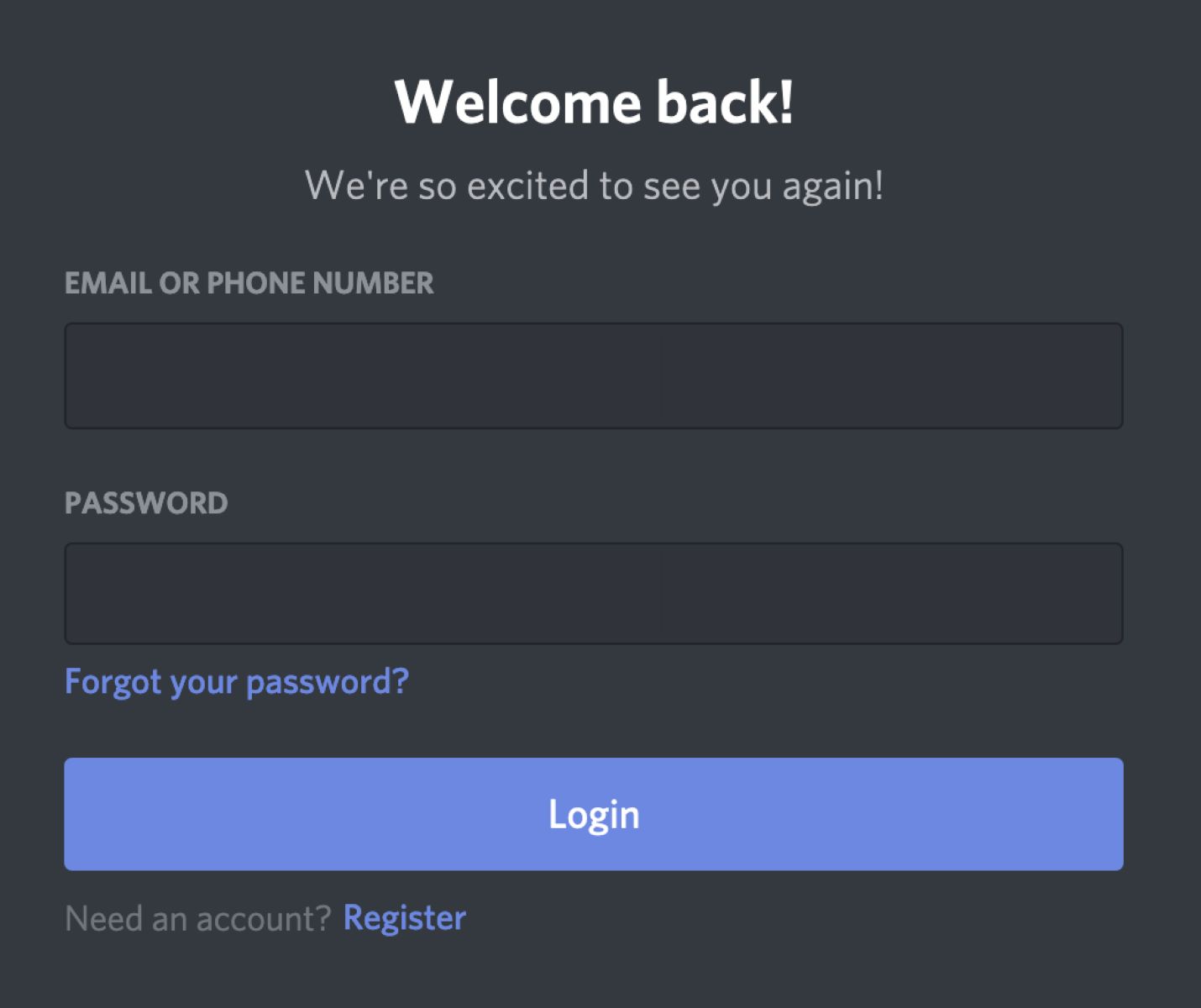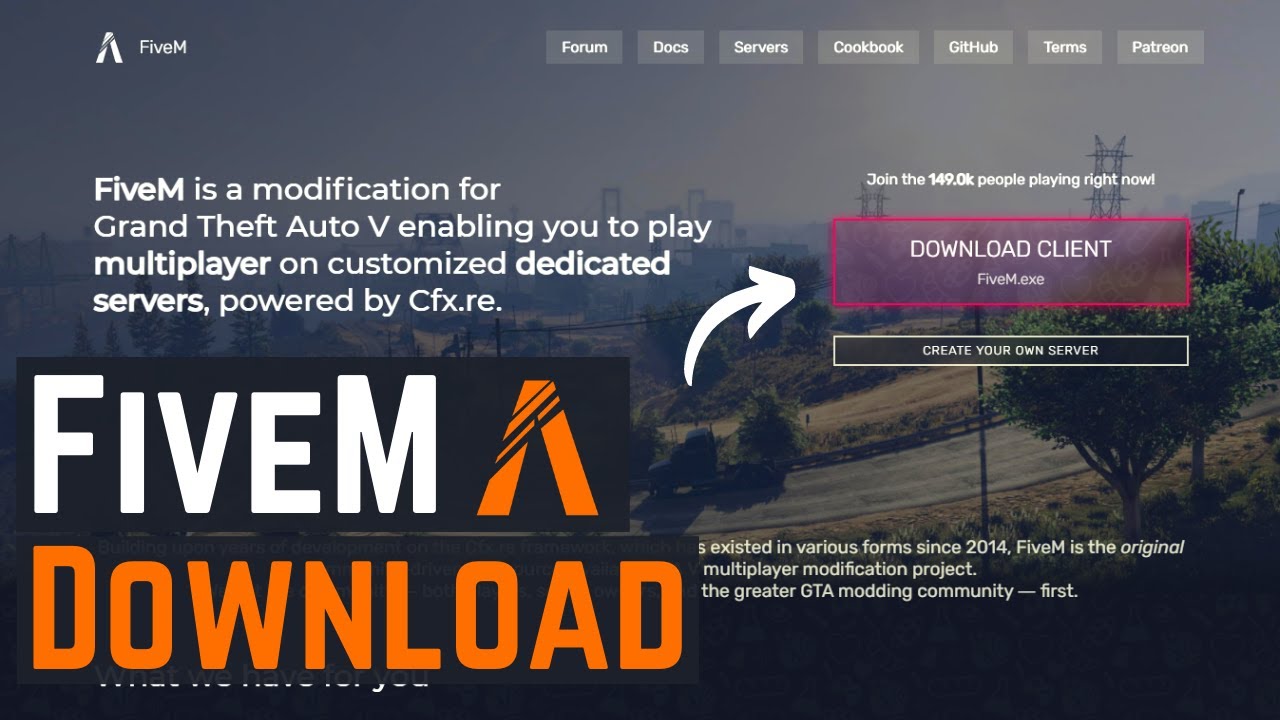Introduction
Welcome to our guide on how to get email to download from the server. If you have ever encountered difficulties downloading emails or attachments, you’re in the right place. Whether you’re experiencing slow download speeds, error messages, or incomplete email downloads, we will help you troubleshoot and resolve these issues.
Emails are an essential part of our personal and professional lives, and it can be frustrating when we can’t access them when we need them. There could be various reasons why you’re having trouble downloading email from the server, including internet connectivity issues, incorrect email settings, limited storage capacity, or even antivirus software interference.
In this guide, we will walk you through the necessary steps to get your emails to download successfully. We’ll cover everything from checking your internet connection to contacting your email service provider for additional support. By following these steps, you’ll be able to overcome the obstacles that prevent you from accessing your emails and attachments efficiently.
It’s important to note that the instructions provided in this guide are general troubleshooting tips that apply to most email clients and service providers. However, there may be specific settings or configurations that differ depending on the email client you are using. Make sure to refer to your email client’s documentation or contact their support team if you encounter any specific issues that are not addressed in this guide.
Now, without further ado, let’s dive into the steps that will help you get your email to download from the server.
Step 1: Check Your Internet Connection
The first step in resolving issues with downloading email from the server is to ensure that your internet connection is stable and functioning correctly. A weak or unstable internet connection can cause delays or interruptions in accessing your emails. Here’s what you can do:
- Check if other websites and online services are working properly. If you’re experiencing issues with multiple websites or services, it’s likely that there’s a problem with your internet connection. Contact your internet service provider (ISP) for assistance.
- If you’re using a Wi-Fi connection, try switching to a wired Ethernet connection to see if that improves your internet connectivity. Wi-Fi signals can sometimes be weak or subject to interference, causing disruptions in your connection.
- Restart your modem and router. Sometimes, a simple restart can fix connectivity issues. Turn off both your modem and router, wait for a few minutes, and then turn them back on. Allow them to fully boot up before attempting to download your emails again.
- Ensure that you’re not exceeding your internet service data cap. Some internet service providers impose data limits, and if you’ve reached your limit, it may affect your internet speed or prevent you from accessing certain websites or services. Contact your ISP to verify if this is the case.
By checking your internet connection and addressing any issues, you can resolve problems related to slow or interrupted email downloads caused by a weak or unstable connection.
Once you’ve confirmed that your internet connection is stable, move on to the next step to tackle the email settings and configurations that might be causing difficulties in downloading your emails from the server.
Step 2: Use the Correct Email Settings
Using the correct email settings is crucial for seamless email download from the server. Incorrect settings can lead to authentication failures, delays, or even the inability to download emails altogether. To ensure you have the correct settings, follow these steps:
- Verify your username and password: Double-check that you are entering the correct username and password for your email account. Typos or outdated login credentials can prevent successful authentication and email downloads.
- Review incoming and outgoing mail server settings: Check that you have the accurate incoming and outgoing mail server addresses for your email provider. These can typically be found on your email service provider’s support website. Also, ensure that you have the correct port numbers and security protocols (such as SSL/TLS) for your email settings.
- Confirm the email server settings with your email provider: If you’re unsure about the correct email settings, reach out to your email service provider’s support team. They can provide you with the accurate settings specific to their service and guide you through the configuration process.
- Check for firewall or antivirus software interference: Sometimes, firewall or antivirus software on your computer can block or interfere with email downloads. Temporarily disable these software programs and attempt to download your emails again. If this resolves the issue, you may need to adjust the settings of your security software to allow email traffic.
Verifying and correcting your email settings is an essential step in troubleshooting email download issues. Accurate settings ensure smooth communication between your email client and the server, allowing you to receive your emails without any problems.
If you’ve followed these steps and are still experiencing difficulties with email downloads, proceed to the next step, where we will address the issue of unnecessary emails and attachments that may be causing storage constraints.
Step 3: Clear Out Unnecessary Emails and Attachments
One common reason for problems with email downloads is a lack of storage space. If your email account has reached its storage limit, it can prevent new emails from downloading or cause delays in the process. Clearing out unnecessary emails and attachments can help free up space and improve the performance of your email client. Here’s what you can do:
- Delete old or irrelevant emails: Go through your inbox, sent folder, and other email folders to identify and delete any emails that are no longer needed. Remove newsletters, promotional emails, and other messages that you no longer require.
- Empty the trash and spam folders: Sometimes, deleted emails may still take up space in the trash or spam folders. Make sure to empty these folders regularly to permanently delete any unwanted or unnecessary emails.
- Archive important emails: If you want to keep certain emails for future reference but don’t need them cluttering your inbox, consider archiving them. Archiving moves emails out of your main inbox, freeing up space while still allowing you to access them if needed.
- Remove large attachments: Attachments can consume a significant amount of storage space. Identify emails with large attachments and either download and save the attachments externally or delete the emails if the attachments are no longer necessary. This will help alleviate storage constraints.
By clearing out unnecessary emails and attachments, you can create more room in your email account, making it easier to download new emails without encountering storage-related issues.
If you’ve completed this step and are still facing challenges with email downloads, proceed to the next step to check your email storage capacity.
Step 4: Check Your Email Storage Capacity
Ensuring that you have enough email storage capacity is essential for seamless email downloads. When your email account approaches its storage limit, it can prevent new emails from being downloaded or cause delays in the process. To check your email storage capacity and manage it effectively, follow these steps:
- Check your email account’s storage limit: Most email service providers have a storage limit for their free or basic plans. Login to your email account and navigate to the settings or account information section to check the available storage and how much you have used.
- Upgrade your storage plan if necessary: If you find that your storage capacity is consistently reaching its limit, consider upgrading your email service plan to one with a higher storage allowance. This will provide more space for incoming emails and attachments.
- Optimize your email storage: Review your email usage and identify any large files or folders that are taking up significant storage space. Delete or archive unnecessary emails, particularly those with large attachments, to free up storage capacity.
- Regularly empty the trash and spam folders: Deleted emails often accumulate in the trash or spam folders, taking up storage space. Make it a habit to empty these folders regularly to permanently remove unnecessary emails and recover storage capacity.
- Consider using a cloud storage service: If your email service provider doesn’t offer sufficient storage, you might consider using a cloud storage service like Google Drive or Dropbox to store large attachments or older emails. This helps offload the burden from your email account and ensures smoother email downloads.
By monitoring and managing your email storage capacity effectively, you can avoid storage-related issues that hinder the download of your emails. Keeping your email account well-organized and optimizing your storage usage will lead to improved performance and a smoother email experience.
If you have completed this step and are still facing challenges with email downloads, proceed to the next step, where we will explore the option of temporarily disabling antivirus or firewall software.
Step 5: Disable Antivirus or Firewall Software temporarily
In some cases, antivirus or firewall software installed on your computer can interfere with email downloads and cause issues. These security measures might mistakenly flag email attachments or email traffic as potentially harmful, leading to delays or failed downloads. To troubleshoot this, you can temporarily disable your antivirus or firewall software and see if it improves the situation. Here’s how:
- Locate your antivirus or firewall software: Look for the software icon in your system tray or notification area (usually found at the bottom-right corner of the screen). Alternatively, you can search for it in your computer’s programs list or system settings.
- Open the antivirus or firewall software: Double-click on the software icon to open the main control panel or interface.
- Disable or pause the software: Find the option to disable or pause the antivirus or firewall protection temporarily. The exact location and wording may vary depending on the software you’re using, but it’s usually labeled as “Disable,” “Pause,” or “Turn Off.” Click on this option to disable the software temporarily.
- Attempt to download your emails: After disabling the antivirus or firewall software, try to download your emails and attachments again. If the issue is resolved and you can download your emails without any problems, then the antivirus or firewall software was likely the culprit.
- Re-enable the antivirus or firewall software: Once you have confirmed that the antivirus or firewall software was causing the problem, it’s important to re-enable it to ensure that your computer remains protected from potential threats. Open the software again and look for the option to enable or resume the protection, then click on it to turn it back on.
Disabling antivirus or firewall software temporarily can help determine if they are the cause of the email download issues. However, it’s crucial to remember to re-enable the software after troubleshooting to maintain your computer’s security.
If disabling the antivirus or firewall software did not resolve the problem, proceed to step 6, where we will explore the option of using a different email client.
Step 6: Try Using a Different Email Client
If you’re still facing difficulties with email downloads, it may be worth considering using a different email client. Sometimes, specific email clients can have compatibility issues with certain email servers or configurations, resulting in download problems. Here’s what you can do:
- Research alternative email clients: Look for reputable email client options that are known for their compatibility and reliability. Popular choices include Microsoft Outlook, Mozilla Thunderbird, and Apple Mail.
- Install and set up the new email client: Download and install the chosen email client on your computer or device. Follow the provided instructions to set up your email account within the new email client.
- Configure the email settings: During the setup process, make sure to enter the correct email settings, including the incoming and outgoing server details, port numbers, and security protocols. Refer to your email service provider’s documentation or support resources if needed.
- Check if you can download emails: Once you have set up the new email client and configured the settings, try downloading your emails again. If the new email client successfully downloads your emails without any issues, it indicates that the previous email client may have had compatibility problems causing the download errors.
- Transfer old emails and contacts: If you decide to switch to the new email client permanently, you may want to transfer your old emails, contacts, and other data from the previous client. Most email clients provide options to import data from other email clients or transfer via specific file formats.
By trying a different email client, you can determine if the issues you were experiencing were specific to the previous client. Switching to a more compatible email client can provide a fresh start and ensure efficient email downloads.
If changing the email client still doesn’t resolve the problem, it’s time to move on to the last step—contacting your email service provider for further assistance.
Step 7: Contact Your Email Service Provider
If you have tried all the previous steps and are still facing issues with email downloads, it’s time to reach out to your email service provider for further assistance. They have the expertise and resources to investigate and resolve server-related problems that may be causing the download difficulties. Here’s what you can do:
- Collect relevant information: Before contacting your email service provider, gather all pertinent information about the issue you’re facing. This includes error messages, screenshots, and any other details that can help them identify and resolve the problem efficiently.
- Find the contact information: Visit your email service provider’s website and look for their support or contact page. They typically provide various channels of communication, such as email, live chat, or phone support.
- Reach out to their support team: Contact their support team using the preferred method mentioned on their website. Explain the situation and provide the necessary information about the issue. Be prepared to follow any troubleshooting steps or instructions they provide.
- Follow up as needed: Depending on the complexity of the issue, it may take some time for your email service provider to investigate and resolve it. Stay in touch with their support team and follow up as needed to ensure that the problem is addressed effectively.
Your email service provider is dedicated to providing a reliable and functional email service. They have the expertise to resolve server-related issues that may be causing your difficulties with email downloads. Don’t hesitate to reach out to them for assistance.
By contacting your email service provider and working closely with their support team, you can effectively troubleshoot and resolve any underlying issues that are preventing smooth email downloads from the server.
Conclusion
Having trouble downloading emails from the server can be frustrating, but with the right troubleshooting steps, you can overcome these issues and regain smooth access to your inbox. Throughout this guide, we have covered several essential steps to help you resolve problems with email downloads.
We started by checking your internet connection to ensure it is stable and functioning correctly. Following that, we emphasized the importance of using the correct email settings. Clearing out unnecessary emails and attachments helps free up storage space and improve performance. Checking your email storage capacity ensures you have enough room for new emails. Disabling antivirus or firewall software temporarily can help identify interference issues. Trying a different email client can address compatibility problems between your previous client and the server. Finally, contacting your email service provider allows you to seek their expertise in resolving any unresolved issues.
Remember to follow the specific instructions provided by your email service provider if they differ from the general steps outlined in this guide. The assistance of their support team can be invaluable in resolving complex or server-related problems.
By following these steps and seeking assistance when needed, you can overcome difficulties with email downloads and enjoy seamless access to your messages and attachments. Don’t let download issues hinder your productivity or communication—take action and ensure your email experience is hassle-free.

























